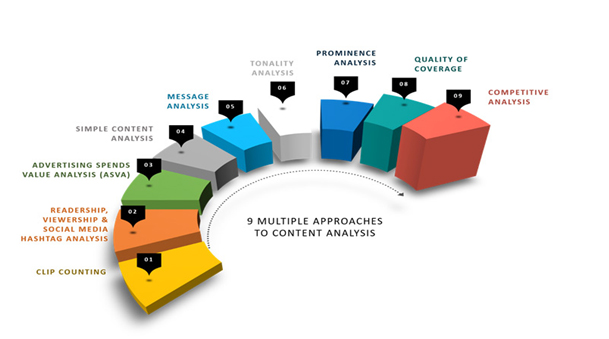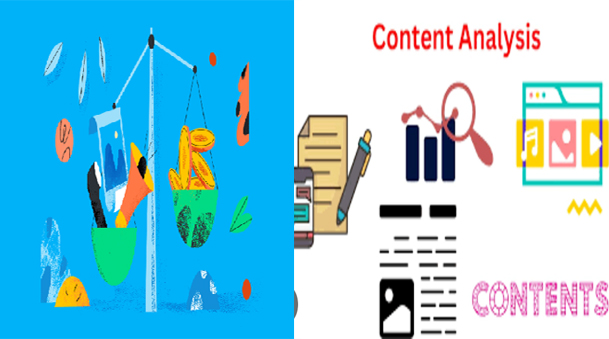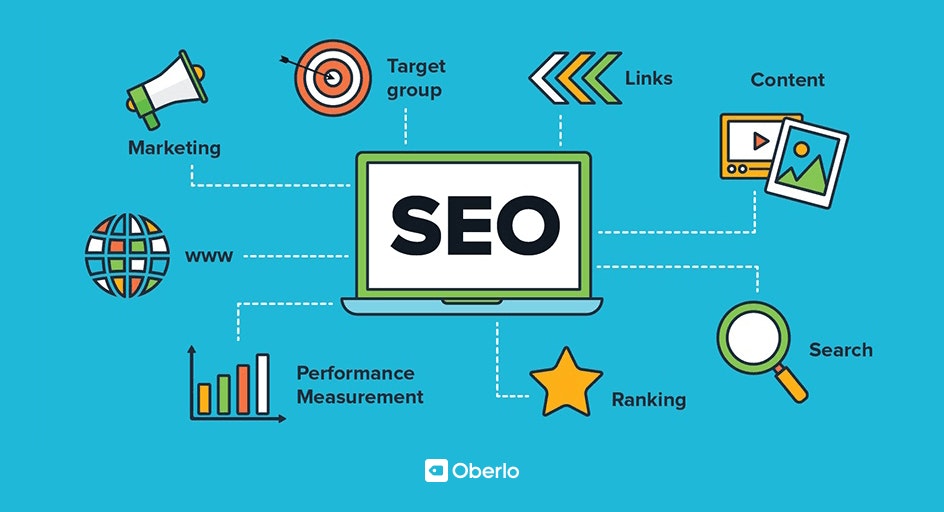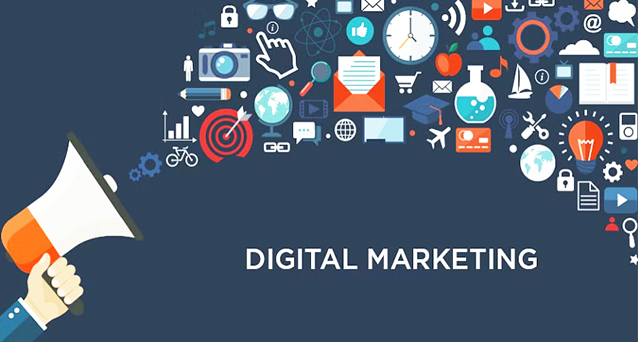Digital Marketing
To elucidate and better comprehend the issues that challenge the advancement of measurement and evaluation of Public Relations, it is essential to understand the multiple approaches to content analysis that are already in wide practice. These approaches range from simple “clip counting” to certain algorithms that measure the quality of coverage. These approaches are human as well as machine and web-based classification and analytic systems.
Clip Counting
When it comes to the most reliable ways to promote products, services and solutions to partners, and clients, Exhibition is the preferred choice of solution providers all over the world. Our carefully created creative and planning actionable are bound to captivate the attention of everyone. The most basic – and indeed most antiquated – form of content analysis includes the collection of all similar articles and putting them in a chronological order. Readership, Viewership & Social Media Hashtag Analysis. The next level of digital content analysis builds upon the clip counting by adding information about each & every article that is being gathered from various secondary data sources. These sources typically include government sources and mentions of many white papers published by leading research companies. The specific type of information appended to a clip counting analysis may include circulation of the publication or number of copies distributed or total number of page views, the total number of actual readers (circulation multiplied by an average number of readers for each copy) or Online Users, demographic profiles of the readership/online users of each article (e.g. age, gender, income, education, lifestyle).
Advertising Value Equivalence (AVE)
Advertising value equivalence is an estimate of the cost of purchase of advertising along with the relevant portal name and preferable size. These estimates are typically based on information provided by standard or prevalent rates and data services.
Simple Content Analysis
This is the form of content analysis that can be analysed statistically using advanced statistical tools like R & Python
Message Analysis
Message analysis is done by centering the analysis on the presence of intended messages in articles. Key messages are developed based on communication objectives. These communication objectives are “translated” into codes that become the basis of the analysis. Articles are coded by the presence of key messages included in each article. The analytic process is like a simple content analysis where the codes from each article are entered into a database for statistical analysis.
Further Classification of Digital Marketing
SEO (Search engine optimization)
SEO/SMM (Social media optimization / social media marketing)
SEM (Search Engine Marketing)
Email marketing
Mobile SEO
SEO (Search Engine Optimization)
A web search result is a software system that is designed to search for information on the world-wide-web. The search result is commonly presented in a line of the result are often referred to as search engine result pages. The information may be on a web page, image information, or another type of file think how it happens.
There are Hundreds of criteria by search engines that make an impact on this list of search results some of them are as follows-
The similarity in your search query and the URL of a particular webpage.
Quality content relevant to your query
Back-links for that website
Previous traffic for that web-page
High Page Rank of a webpage
Crawling of a web page by a bot
Indexing of your Page
Relevance of Meta properties of the webpage to search query
Support of your website for different devices
Support of your website for different web browser
Stuffing of keywords in Web pages
Adwords PPC advertising service and much more working on all these factors we can get a high page rank result for our web pages
SMO/SMM (Social Media Optimization / Social Media Marketing)
The awareness of products, services, events and brands with the social media platform is called the Social Media Optimization. Just like posting on Twitter, Facebook, LinkedIn, Google Plus and blogging sites. The objective of social media optimization is to bring traffic to your website. While doing digital marketing, social media optimization is one of the most important constraints. It has a huge value in creating a brand.
SEM (Search Engine Marketing)
Search Engine Marketing is a mode of online marketing that covers the awareness about a website by increasing its availability in search engine result pages (SERPs) initially with the paid advertisement. If you are a website owner and you wish to come to the top in the search result within a minimum time and generate traffic for your website in such a situation you can go for Search Engine Marketing. It is a paid service by search engines that when you will pay them, you will be at the top of the result for particular search queries. Google AdWords is able to promote three types of advertisement- Text advertisement (advertisements that we can see on the Google search engine in text), Display advertisement (advertisements that we can see as a combination of images and text), Video advertisement (advertisements that we can see as a combination of video and text e.g. Advertisement on YouTube.)
Content Expert
A Content guy’s major role is to find ways on what kind of content is required on any digital assets i.e. Website, Social Handles etc. There are three different departments or roles in Content Writing:
A) Blogger Writes Blogs on Website.
B) Content Writer: Writes Content for Website i.e. for Products and Services.
C) Association with Indian and International Brand Ambassadors on their Facebook/ Twitter and Blogs




